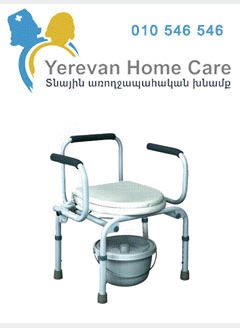A research team led by Sharon Curhan, MD, ScM, BWH Channing Division of Network Medicine, has found that a higher body mass index (BMI) and larger waist circumference are each associated with a higher risk of hearing loss, while a higher level of physical activity is associated with a lower risk of hearing loss in women.
“We often think of hearing loss as an inevitable part of the aging process, but these findings provide evidence that potentially modifiable risk factors, such as maintaining a healthy weight and staying physically active, may help in the prevention of hearing loss or delay its progression,” said Curhan, lead study author.
Using data from 68,421 women in the Nurses’ Health Study II who were followed from 1989 to 2009, researchers analyzed information on BMI, waist circumference, physical activity and self-reported hearing loss. The baseline and updated information were obtained through validated biennial questionnaires.
After adjusting for potential confounders, researchers found that the relative risk for hearing loss was 17 percent higher for women with a BMI of 30 to 34, 22 percent higher for a BMI 35 to 39, and 25 percent higher and for women with a BMI of 40 or more, when compared with those with a BMI of less than 25.
For waist circumference, compared with women with a waist circumference less than 71 centimeters (28 inches), the relative risk for hearing loss for those with a waist circumference of 80 to 88 centimeters was 11 percent higher and for those greater than 88 centimeters (35 inches or more) relative risk was 27 percent higher. The finding that larger waist circumference was associated independently with higher risk of hearing loss even after taking BMI into account, suggests that central adiposity may itself be a risk factor for hearing loss.
Researchers also found that a higher level of physical activity was associated with lower risk. After adjusting for BMI and other potential confounders, women who were the most physically active had a 17 percent lower risk of hearing loss compared with women who were the least physically active. Walking, which was the most common form of physical activity reported among these women, was associated with lower risk; walking two hours per week or more was associated with a 15 percent lower risk of hearing loss, compared with walking less than one hour per week.
















